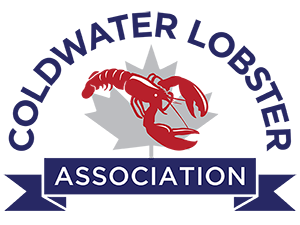Get In Touch
FISHERMEN WORKING TOGETHER FOR A BETTER FUTURE
There’s no way that our website answered all your questions about what our Association does or how we can help you or your company. So, we want to hear from you. Contact us today to learn more about why we’re considered the lead advocators for inshore lobster fishermen throughout Southwestern, Nova Scotia, or to hear how we can assist with your applied research testing and scientific research projects. Talk to you soon!
SEND US A NOTE…
COLDWATER LOBSTER ASSOCIATION
368 Main Street
Suite 105, Lovitt Plaza
Yarmouth, NS B5A 1E9
Phone: 1.902.742.5247
Email: admin@coldwaterlobster.ca
Web: www.coldwaterlobster.ca

